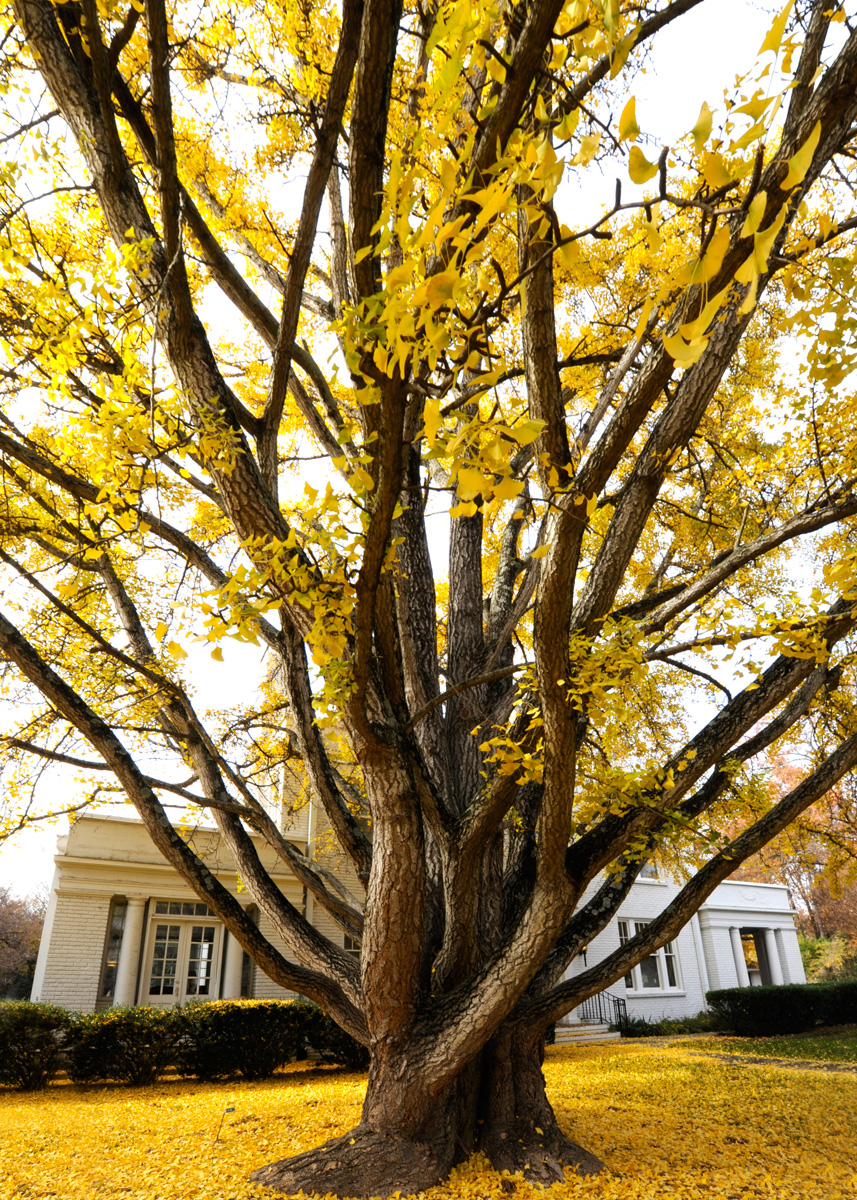Right Tree, Right Place

Come to a Tree Party at Ciel Gallery!
7.24.14
More Trees = Healthier Living
8.23.14
A properly chosen tree can become a beautiful asset, such as a gorgeous magnolia tree blooming in your front yard. A poorly chosen tree, however, can become a burden. You may not realize it, but when planting a tree, the power is in your hands to create harmony between humans, trees, and the urban environment. Selecting the right species of tree for the right location is essential to fostering this harmonious relationship.
It happens far more often than we would like that a tree is selected because of physical characteristics such as flower (color, blooming time, and fragrance), fall color, fruit/wildlife habitat value, size and growth speed, or native vs. exotic WITHOUT considering critical environmental factors.
In actuality, the first step should be to match your yard’s environmental factors with the physiological needs of the tree. Environmental factors to consider include:
- Soil type
- Water availability
- Sun exposure
- Maintenance needs
- Mature height and spread
- Urban/residential property
- Hardiness zone
A carolina silverbell or sugar maple might be the exact tree you want, but if you intend to plant it in a flood plain where the moisture in the soil is relatively high, it might be better to consider a similar-sized tree that is more tolerant to moisture, such as a paw paw. In this way, you can select a gorgeous tree that also fits well with your environmental conditions. With a little extra preparation and research, selecting a tree can be fun, easy, and successful.
Sweat the small stuff – Pay attention to little details
Once you have determined that you have the right tree for the right location, you’re all set to go, right? Not quite! There are many factors that can help make for a successful tree planting – or, more to the point, to avoid a disappointing failure. When is the best time to buy? What obstacles could impede proper growth? Will the tree provide adequate shade? A lot of important considerations go into planting a tree, including:
- Timing – it is best to buy in fall or winter from a reputable vendor, although the best selection can often be found in the spring.
- Tree Quality – select a tree that is insect-free, with no major scars on the trunk, and one that has a good branching structure (central leader with horizontal branching).
- Proximity to structures such as houses – planting a large tree too close to a structure can cause damage to the structure
- Overhead and underground utilities – call 811 for a utility check, or visit the Utilities Protection Center for more information
- Visibility – make sure that the tree will not cause any sight line problems for cars, pedestrians, signage, etc.
- Desired shade benefits – don’t plant a small tree in a big space when a large one would benefit the area more
Download Resources
- For a visual representation, please view this PDF
- Check out some of our helpful videos on best methods for planting
- Related information is available from the Arbor Day Foundation
